1. Kokeshi Dolls – Japan’s Healing Spirits
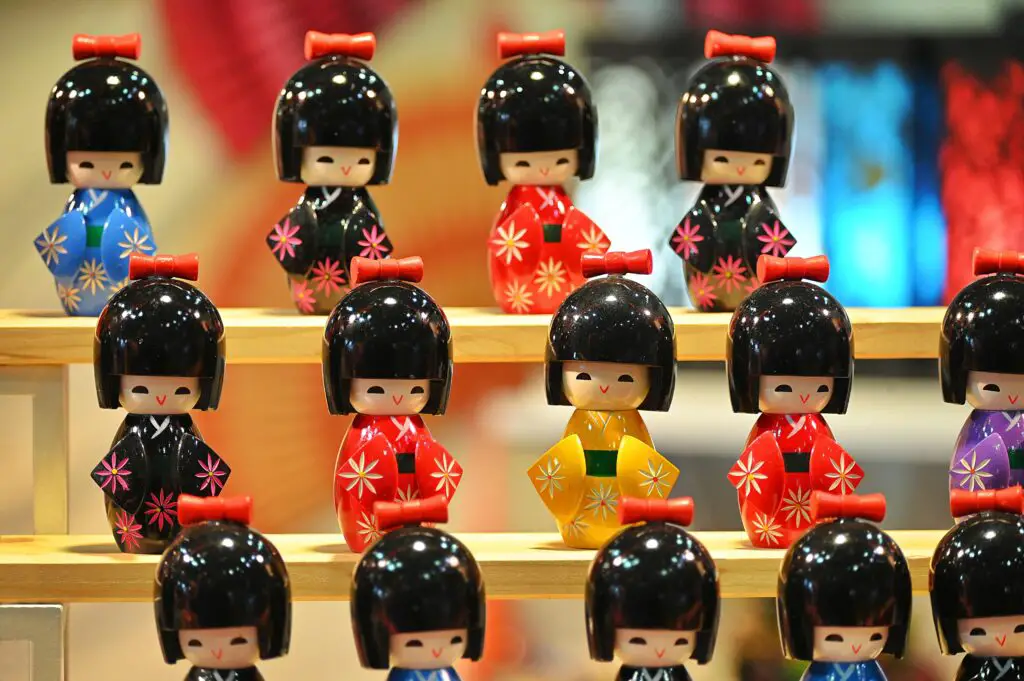
Kokeshi dolls have been a part of Japanese culture for centuries, traditionally crafted from wood and painted with simple, colorful designs. But these charming figures weren’t just made for decoration; they were believed to have spiritual significance. In the past, people would use these dolls to bring peace and healing to their homes. The belief was that the dolls had the power to absorb negative energy, bringing balance and protection to the household.
Though they may look like just quaint wooden toys, Kokeshi dolls were often used as talismans by families hoping to ward off illness and bad luck. People believed the dolls could act as conduits for healing spirits, helping to soothe both physical ailments and emotional stress. Over time, their role evolved, but they still carry a sense of calm and positive energy in many Japanese homes today.
2. Voodoo Dolls – Tools of Protection and Healing
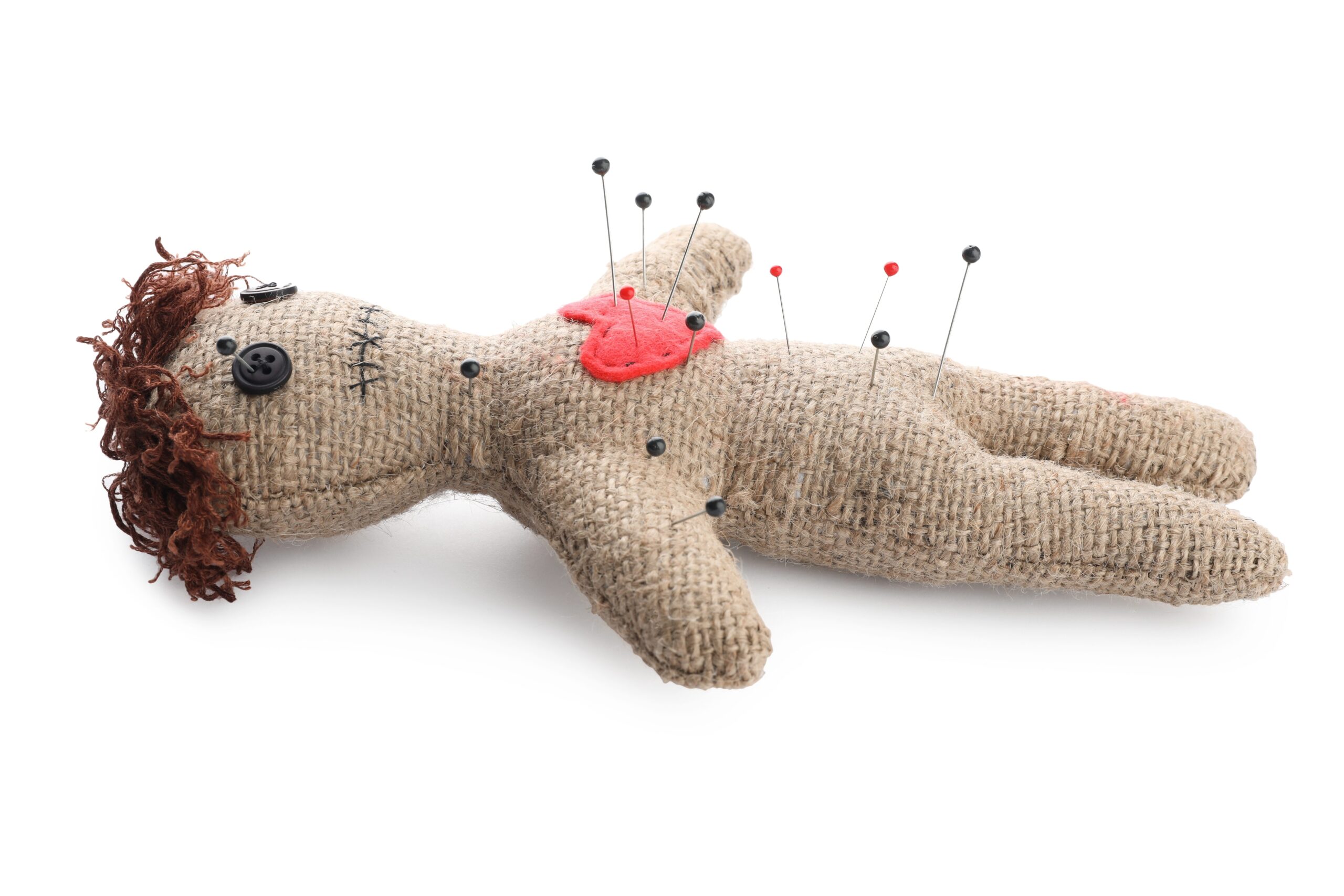
Voodoo dolls often have a sinister reputation in popular culture, but their origins are rooted in healing practices. In the Vodou religion, practitioners would create dolls to represent individuals in need of protection or healing. These dolls were seen as symbolic representations, used in rituals to connect with the spirit world and channel healing energy. Contrary to the common belief that voodoo dolls were meant to curse or harm, many were actually crafted to help those in need.
The dolls would be used in various rituals to promote well-being, treat ailments, and restore harmony in a person’s life. By focusing on the doll and using specific herbs, oils, and prayers, healers could transfer energy to a person who was suffering. The practice was deeply spiritual, designed to bring about positive change rather than to inflict harm.
3. The Healing Dolls of the Hopi Tribe – Bringing Fertility and Balance
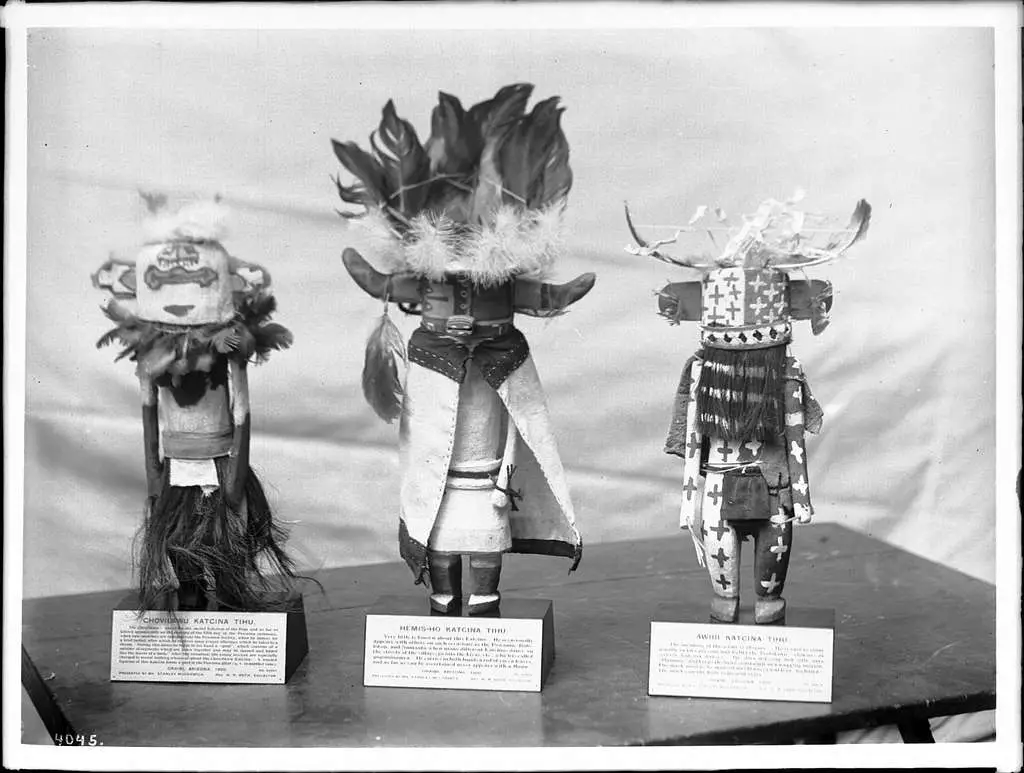
In the Hopi tribe, dolls were traditionally used in healing rituals, especially to promote fertility and balance. These dolls, made from clay, wood, and sometimes feathers, were used as representations of powerful deities. They were believed to help heal both physical ailments and spiritual imbalances. Women who had difficulty conceiving would often receive these dolls as part of a blessing or ritual meant to restore fertility.
The dolls were not just symbolic; they were considered active participants in the healing process. When used in ceremonies, they were thought to channel positive energy and attract health and fertility to the women who held them. In this way, these dolls were not only tools of cultural expression but also agents of healing in a spiritual and physical sense.
4. African Healing Dolls – Ancestors’ Wisdom in Small Form
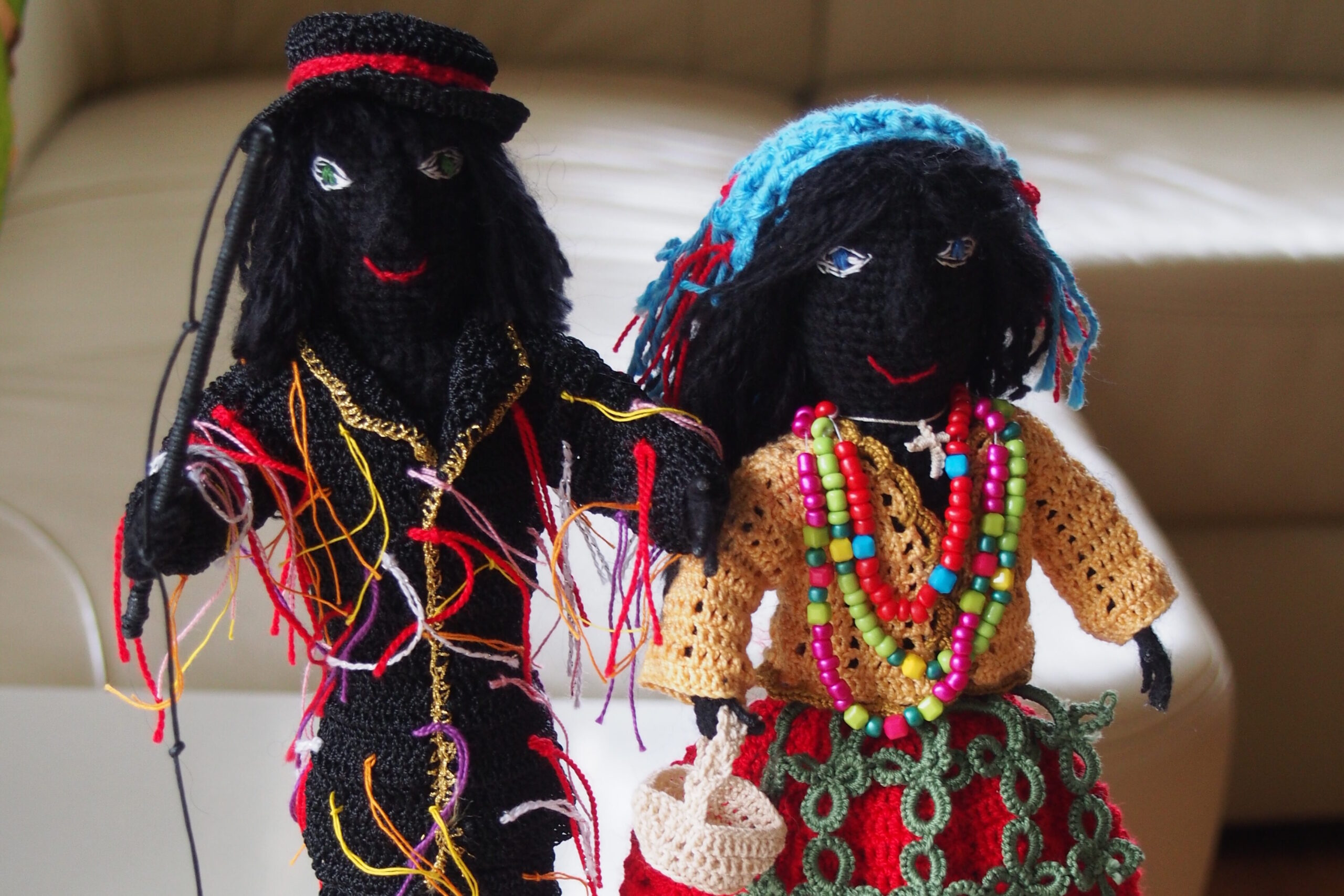
In many African cultures, dolls played an important role in healing rituals, particularly in relation to ancestral worship. These dolls, often made from natural materials such as clay, wood, or fabric, were believed to embody the spirits of ancestors. Healers would use them to communicate with these spirits, seeking guidance and wisdom for treating illness or misfortune. The dolls were thought to carry the power of the ancestors, and when used properly, could heal both body and soul.
The act of creating or interacting with the doll was a spiritual experience, deeply connected to the cultural practices of the people. By using these dolls in rituals, individuals could tap into the collective wisdom of their ancestors, believing that their spirits would offer protection, guidance, and even cures for physical ailments. In this way, African healing dolls were much more than simple objects—they were sacred tools for invoking powerful healing forces.
5. The Medicine Dolls of the Plains Native American Tribes
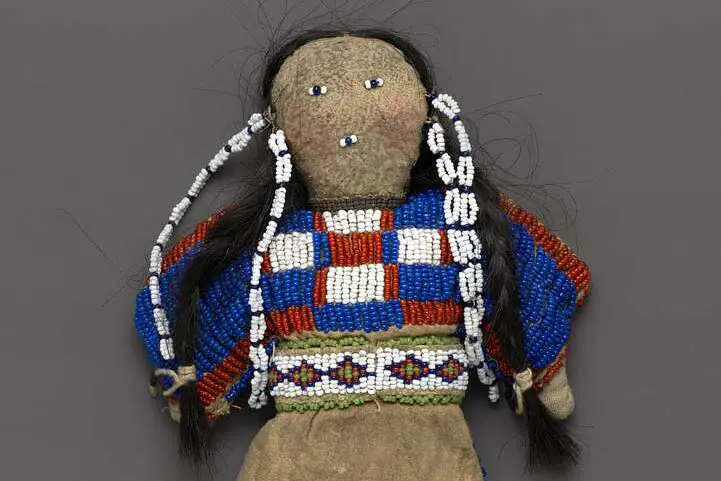
In the Plains Native American tribes, medicine dolls were crafted for the purpose of healing and protection. These dolls were often given to sick children or adults as part of a spiritual ceremony to invoke healing spirits. The dolls were decorated with feathers, beads, and other symbols that represented different elements of nature, which were believed to have healing properties. Each doll had its own unique purpose, with some meant to bring physical health, while others were designed to restore mental and emotional balance.
The medicine dolls were seen as sacred and imbued with powerful spiritual energy. Tribal healers would perform specific rituals, including chanting and prayer, to activate the doll’s healing properties. The dolls would be kept close to the person who needed healing, acting as a channel for the spiritual forces that could restore their well-being.
6. The Rag Dolls of the Appalachian Healers
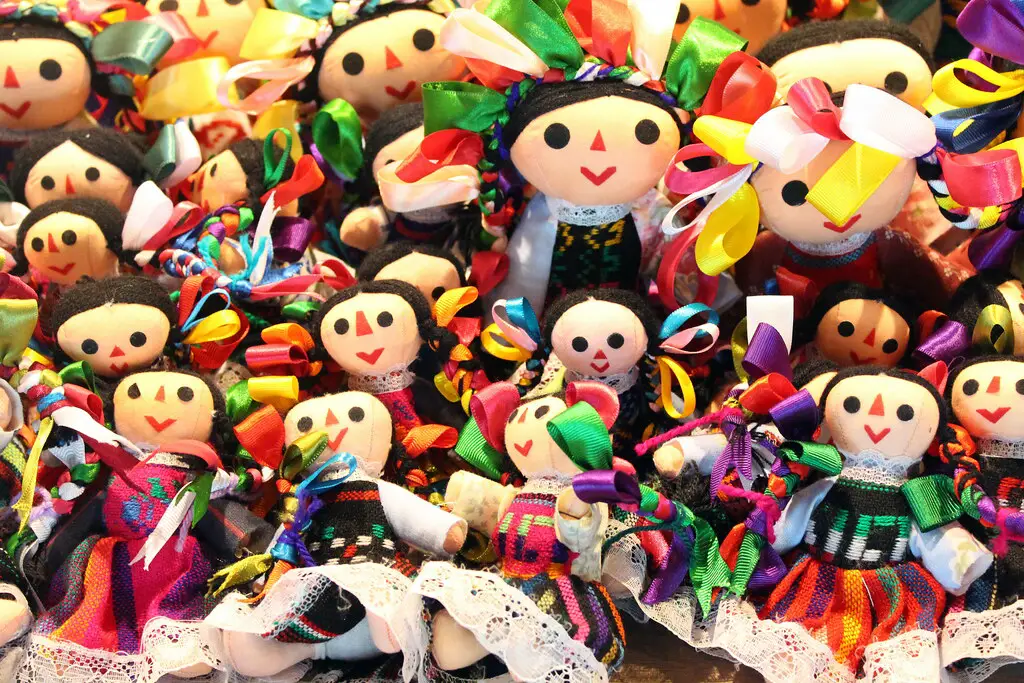
In the Appalachian region of the United States, rag dolls were once used by local healers to cure various ailments. These dolls were typically handmade from old clothes and fabric scraps, and were often infused with herbs believed to have healing properties. Healers would stitch specific symbols or patterns into the dolls, each designed to attract healing energy or ward off illness. For example, certain stitching patterns were believed to help ease pain, while others were used to protect children from sickness.
The process of making and using these rag dolls was a highly personal ritual. Healers would spend time meditating on the person’s needs while crafting the doll, ensuring that it was imbued with the right energy. Once completed, the doll would be placed under the person’s pillow or kept close to them as they slept, with the belief that it would bring them healing through its connection to the natural world and the power of herbs.
